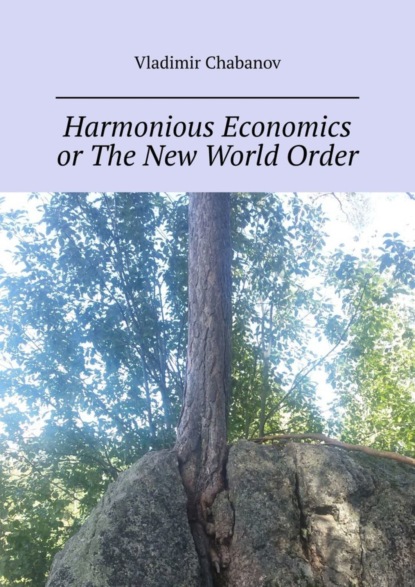По всем вопросам обращайтесь на: info@litportal.ru
(©) 2003-2024.
✖
Harmonious Economics or The New World Order. 2nd edition by supplemented
Автор
Год написания книги
2020
Настройки чтения
Размер шрифта
Высота строк
Поля
Rational combination of labour differentiation and cooperation shapes all economic structures. For instance, workers unite to make a team, teams form workshops, which are parts of companies, enterprises, plants, and economic sectors.
On the other hand, the state is a cooperation of its regions, a region is a cooperation of districts, areas, etc. Thus, labour differentiation and cooperation can apply both within production framework, and depending on the territory; they function both in space and time.
In literature on economics this structure is called “organisation hierarchical tree’. Figure 2 shows such tree for a random plant. However, this structure is applicable to other types of organisations as well, including the state. In each case it is determined by a series if objective and subjective factors, by the production and organisation type, its level of development, management, production and human relations, type of property, etc.
At the same time, as it is easy to see, each link, each cell of production has both labour differentiation and labour cooperation. For instance, if we analyse the organisation tree from Figure 2, from top to bottom, we will notice the division of all structures into a number of cells. But when you move from bottom to top, then all the cells combine in cooperation to create a bigger structure. Thus, labour differentiation and labour cooperation are interdependent instruments of organisation. Labour differentiation pattern determines the reasonable level of labour cooperation. And vice versa, cooperation allows to deepen labour differentiation processes. When a worker does not have to do everything in life himself, he can specialize in his profession even more. At the same time, he would be more interested in cooperating with other workers and units.
Fig. 2. Modern enterprise “organisation tree’
This is why labour differentiation contributes to a more intense labour cooperation within professional or territorial unions. Moreover, without cooperation with other structures labour differentiation is not efficient and cannot be allowed. A metallurgist will only work well when a farmer provides him with food to eat. The same level of interdependence is observable with all other professions.
On the other hand, the impact of the above-mentioned factors on people is not uniform. Labour differentiation makes workers more egoistic, and limits their circle of interests to personal problems. Cooperation, on the contrary, makes people part of a bigger entity, more important than a single person. This elevates the man, enlarges his scope of interests including other people in it, helps understand his place in the hierarchy of the community, the society, and the entire Universe. Thus, the man becomes wiser and more far-seeing. The combination of the factors mentioned generates the variety of human characters, promotes a dialectic unity of the humanity, and integrates people within each other, within their communities and the World.
This means that no labour differentiation is possible without cooperation, just as no cooperation is feasible unless the components of the whole are divided. Every unit is created through labour differentiation of a bigger entity, and all divided labour is reunited in a bigger structure. And this does not depend on property form, on fashion, on organisation name, or nature of its activities.
Вы ознакомились с фрагментом книги.
Приобретайте полный текст книги у нашего партнера:
Приобретайте полный текст книги у нашего партнера:





